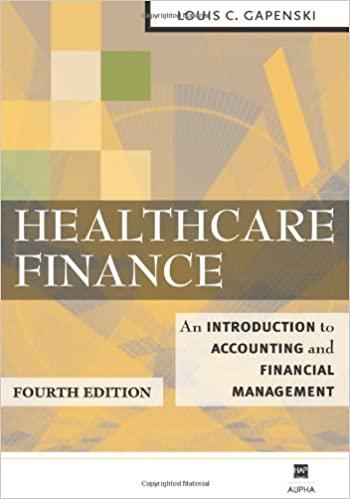PROBLEMS 1 We have a big copper mine business. We have discovered an acquisition target, which has 3 mines in bauxite, manganese and copper. The following information refers to the copper mine. The target (T) produces 100 million pounds of copper annually. The price of copper is $3 per pound. The total costs of pursuing the business is $220 million Parts of those costs are the interest of $ 20 million and the depreciation of $25 million per annum. Additionally, there is exploration and development costs of $35 and $140 million yearly. The exploration costs can be expensed with a delay of one year. The development costs can be expensed 10 years after they are incurred. That means the development costs of this year will produce copper in 10 years this importantly affects the present value of those expenses.) We also know the bhetas of the acquirer is 2. and the target's is 1.5. The T bond rate is 4% and the market returns 10%. The ytm of both is 7%, the tax rate of the acquirer is 35% while of the target is 30%. The debt ratios are 25% and 30 % respectively. The free cash flows have growth rates of 1% and 3% respectively. The number of shares is 35 million in each case. The acquirer plans to buy the target, since it is doing mediocre. It will sell the other 2 mines of bauxite and manganese. This sale will pay back the loan of $245, which the acquirer will incur to finance the purchase. Moreover, it will lay off 50 people whose mean salary is $70,000 yearly. The reason is that since there is a combination of the two companies, the laid off workers are redundant. Furthermore, it is considering eliminating the exploration and development activities, since it can use the present discoveries it has already made for the copper mine to produce copper for the next 10 years.. Derive the value of this project. The acquirer intends to pay a minimum of $7 per share of the target. Is that reasonable given the aforementioned information? 2.3 and 4 Problems from textbook, numbers 14.11.12 and 13 PROBLEMS 1 We have a big copper mine business. We have discovered an acquisition target, which has 3 mines in bauxite, manganese and copper. The following information refers to the copper mine. The target (T) produces 100 million pounds of copper annually. The price of copper is $3 per pound. The total costs of pursuing the business is $220 million Parts of those costs are the interest of $ 20 million and the depreciation of $25 million per annum. Additionally, there is exploration and development costs of $35 and $140 million yearly. The exploration costs can be expensed with a delay of one year. The development costs can be expensed 10 years after they are incurred. That means the development costs of this year will produce copper in 10 years this importantly affects the present value of those expenses.) We also know the bhetas of the acquirer is 2. and the target's is 1.5. The T bond rate is 4% and the market returns 10%. The ytm of both is 7%, the tax rate of the acquirer is 35% while of the target is 30%. The debt ratios are 25% and 30 % respectively. The free cash flows have growth rates of 1% and 3% respectively. The number of shares is 35 million in each case. The acquirer plans to buy the target, since it is doing mediocre. It will sell the other 2 mines of bauxite and manganese. This sale will pay back the loan of $245, which the acquirer will incur to finance the purchase. Moreover, it will lay off 50 people whose mean salary is $70,000 yearly. The reason is that since there is a combination of the two companies, the laid off workers are redundant. Furthermore, it is considering eliminating the exploration and development activities, since it can use the present discoveries it has already made for the copper mine to produce copper for the next 10 years.. Derive the value of this project. The acquirer intends to pay a minimum of $7 per share of the target. Is that reasonable given the aforementioned information? 2.3 and 4 Problems from textbook, numbers 14.11.12 and 13







